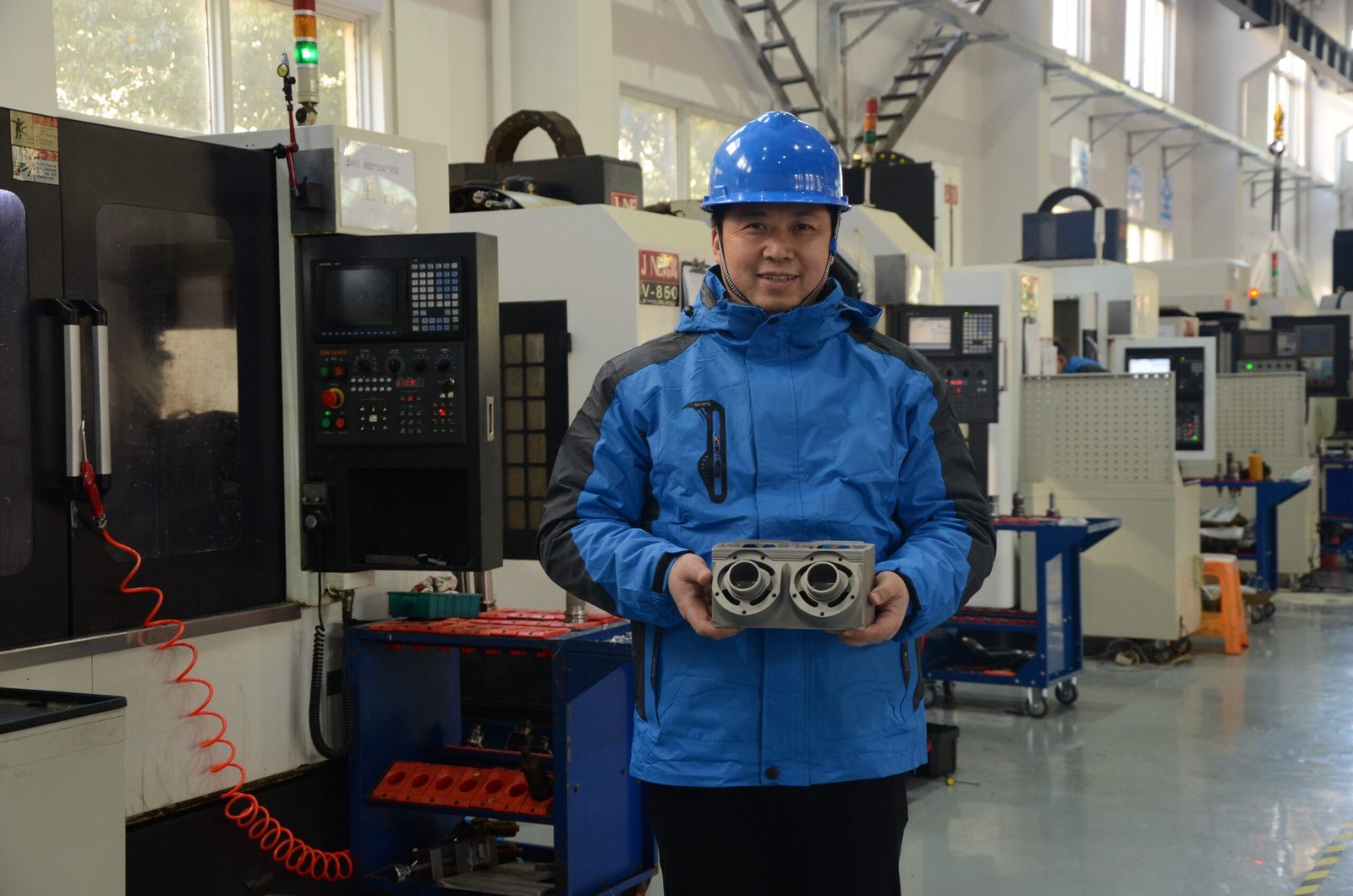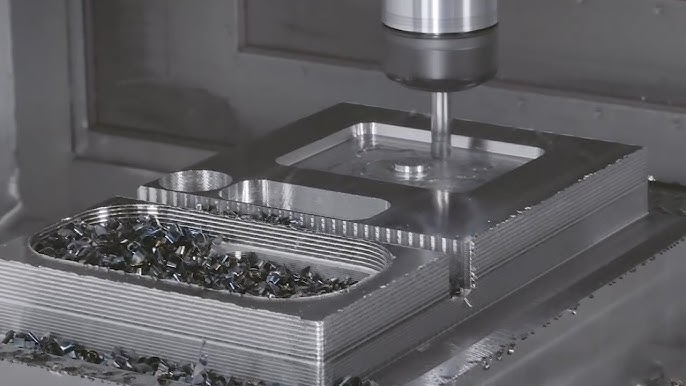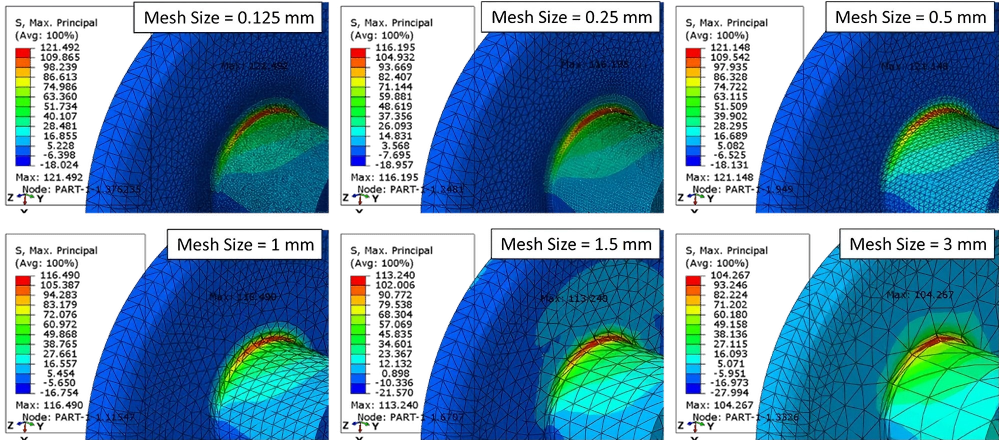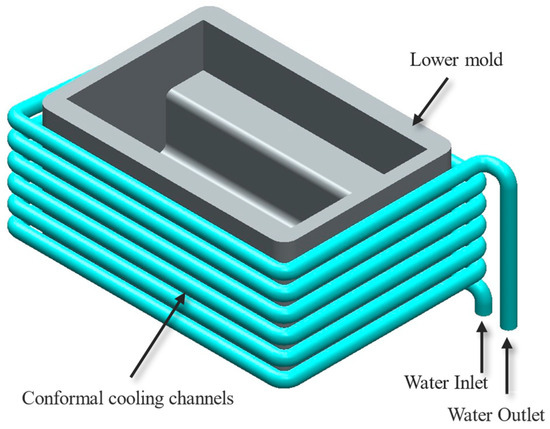Sailors face a constant battle against corrosion that can lead to catastrophic hardware failure at the worst possible moments. When saltwater attacks metal fittings, your safety and investment hang in the balance.
The lifespan of titanium sailing hardware typically exceeds stainless steel by 3-5 times in harsh marine environments. While 316L stainless steel will eventually succumb to pitting and crevice corrosion, titanium remains virtually unchanged for decades, making it the superior choice for critical components despite higher upfront costs.
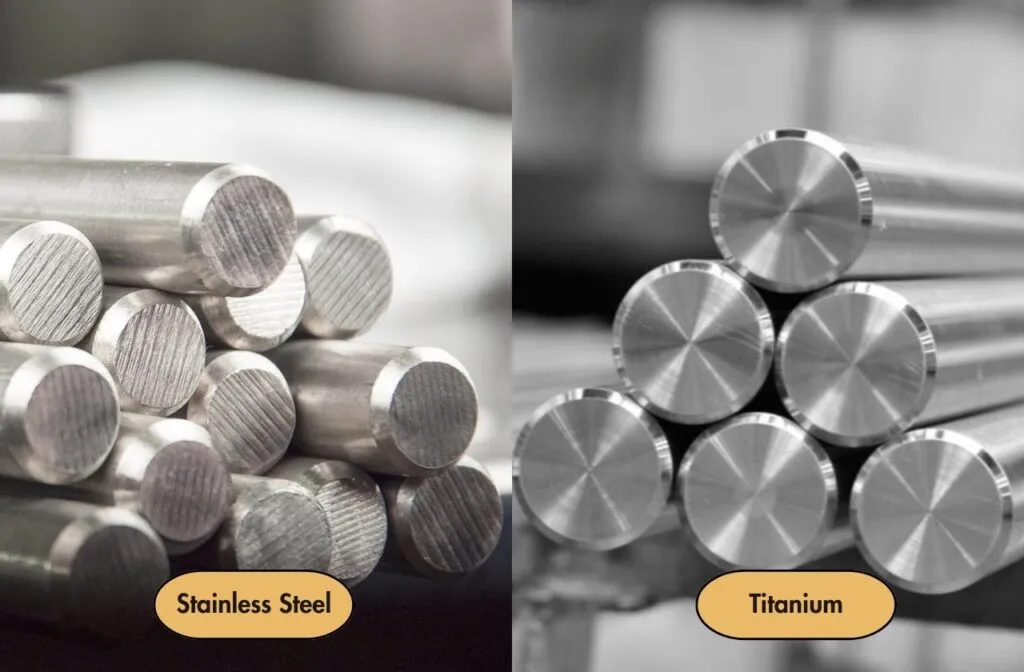
As a manufacturer specializing in custom marine hardware, I've seen countless corroded stainless components that failed prematurely. The debate between titanium and stainless steel isn't just academic—it directly impacts your sailing experience, maintenance schedule, and long-term costs. Let's examine what makes each material suitable for different applications on your vessel.
Why Does Corrosion Resistance Matter More Than Strength in Marine Environments?
Sailors often fixate on strength specifications while overlooking how rapidly corrosion can compromise structural integrity. The saltwater environment attacks metals continuously, making resistance to deterioration the true measure of longevity.
Corrosion resistance ultimately determines hardware lifespan in marine applications because even the strongest stainless steel fitting becomes dangerously weakened once corrosion penetrates its passive layer. Titanium maintains its integrity for decades even in saltwater immersion, while 316L stainless steel begins showing weakness within 3-5 years in challenging conditions.
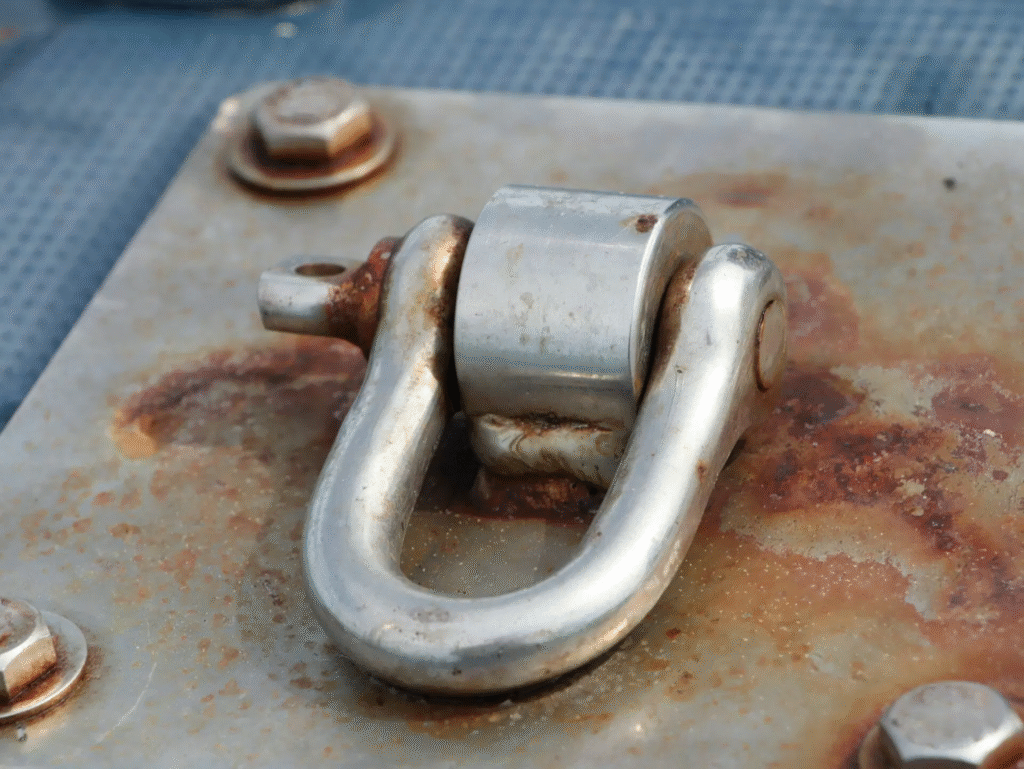
Pitting corrosion developing on stainless steel marine hardware
The marine environment presents unique challenges for metal components that go beyond simple strength requirements. In our manufacturing facility, we've conducted accelerated salt spray testing that consistently shows titanium outperforming even the best marine-grade stainless steel. The fundamental difference lies in how these materials interact with saltwater at the molecular level.
Stainless steel relies on a thin chromium oxide passive layer for protection. This layer can be compromised in oxygen-depleted areas (like threaded connections or under gaskets), leading to crevice corrosion. Additionally, chloride ions in seawater attack this passive layer, causing pitting that creates stress concentration points. I've examined failed stainless components where small, seemingly insignificant pits propagated into complete fractures.
Titanium, by contrast, forms a remarkably stable titanium oxide layer that's significantly more resistant to chloride attack. This protection extends into crevices and tight spaces where stainless typically fails first. We've recovered titanium hardware from 20-year-old wrecks that remained structurally sound and required minimal cleaning to return to service.
When selecting material for critical components like chainplates, turnbuckles, or clevis pins, the priority should be maintaining structural integrity throughout the component's service life, not just meeting initial strength requirements. A slightly stronger material that corrodes quickly ultimately provides less safety than a corrosion-resistant alternative that maintains its properties year after year.
How Much Longer Can Titanium Hardware Last Compared to 316 Stainless Steel?
Every sailor has experienced the frustration of replacing corroded deck hardware far sooner than expected. The cost difference between materials pales compared to the expense and danger of mid-voyage failures.
Titanium hardware typically outlasts 316 stainless steel by 300-500% in marine applications. While quality stainless components might need replacement after 5-7 years in saltwater use, titanium fittings often remain serviceable for 20+ years, even in tropical environments where corrosion accelerates dramatically.

Titanium vs stainless steel marine hardware longevity comparison
The longevity advantage of titanium becomes most apparent in long-term applications where maintenance access is difficult or replacement costs are substantial. Through our manufacturing experience and customer feedback, we've documented remarkable lifespan differences between these materials in real-world conditions.
Consider chainplates—critical components that secure your rigging to the hull. When manufactured from 316L stainless steel, these typically require inspection every 2-3 years and replacement every 7-10 years, depending on usage patterns and environment. The failure mode usually involves hidden crevice corrosion where the chainplate passes through the deck, often undetectable until significant weakening has occurred.
In contrast, titanium chainplates often outlast the vessel itself. We've manufactured replacement titanium chainplates for boats approaching 30 years of service, where the original stainless components had already been replaced 3-4 times. The math becomes compelling when considering the total cost of ownership:
| Material | Initial Cost | Replacements Over 20 Years | Total Labor Cost | Total Ownership Cost |
|---|---|---|---|---|
| 316L Stainless | $1,200 | 2-3 replacements ($2,400-$3,600) | $2,000-$3,000 | $5,600-$7,800 |
| Titanium | $4,800 | 0 replacements | $0 | $4,800 |
The additional advantage comes from eliminating the risk of unexpected failures during critical situations. Many offshore sailors now consider titanium hardware for mission-critical components to be cheap insurance rather than an extravagance, especially when considering the remote locations where repairs might be necessary.
When Is the Higher Cost of Titanium Sailing Hardware Justified?
The sticker shock of titanium hardware gives many sailors pause. But making this investment decision requires looking beyond the initial price tag to consider long-term value and critical applications.
Titanium hardware justifies its 4-6× higher cost in applications where failure risks safety, where access for replacement is difficult, or for sailors planning extended voyages far from repair facilities. The material's exceptional durability translates to lower lifetime costs despite the premium initial investment.

Premium titanium rigging components on an offshore sailing vessel
The cost-benefit analysis for titanium hardware isn't straightforward, but it becomes clearer when evaluating specific applications and sailing contexts. In our custom manufacturing business, we guide customers through this decision process based on their particular needs and circumstances.
For weekend coastal sailors who can easily access repair facilities and regularly maintain their vessels, 316L stainless steel remains a sensible choice for most applications. The corrosion will happen, but with proper maintenance and timely replacement, the cost advantage of stainless steel makes sense.
However, for critical components that directly impact safety, titanium offers compelling value regardless of sailing profile. Standing rigging components like toggles, clevis pins, turnbuckles, and chainplates are prime candidates for titanium upgrades since their failure could lead to dismasting or worse. Similarly, through-hull fittings below the waterline benefit from titanium's superior resistance to galvanic corrosion.
For bluewater cruisers planning circumnavigations or extended offshore passages, the calculation changes dramatically. When replacement parts might be unavailable for months and repair facilities are inadequate, the reliability of titanium provides peace of mind that justifies the premium cost.
The decision matrix we typically review with customers includes:
| Factor | Favors Stainless | Favors Titanium |
|---|---|---|
| Sailing Environment | Protected waters, freshwater | Open ocean, tropical, long-term mooring |
| Usage Pattern | Weekend/seasonal use | Full-time liveaboard, offshore cruising |
| Component Criticality | Non-structural, easily monitored | Load-bearing, safety-critical, hidden |
| Maintenance Access | Easily accessible | Difficult access, integrated components |
| Ownership Timeline | Short-term (3-5 years) | Long-term (10+ years) |
| Weight Sensitivity | Cruising vessels | Racing boats, performance cruisers |
In our experience, titanium pays dividends most clearly for career sailors, professional racers, and serious cruisers who demand maximum reliability from their vessels in challenging conditions.
What Are the Maintenance Differences Between Titanium and Stainless Steel Fittings?
The hidden cost of stainless steel becomes apparent when you calculate the hours spent inspecting, cleaning, and eventually replacing corroded fittings. Maintenance requirements dramatically favor titanium in the long run.
Titanium fittings require virtually no maintenance beyond occasional freshwater rinsing, while stainless steel demands regular polishing, inspection for corrosion, and application of protective compounds. This maintenance difference adds significant hidden costs to stainless steel ownership, especially for difficult-to-access components.

Maintenance required for marine-grade stainless steel hardware
The maintenance burden difference between these materials becomes most apparent during long-term ownership. In our conversations with customers who've switched to titanium components, the reduced maintenance requirements often prove as valuable as the extended lifespan.
Stainless steel hardware demands vigilant care to maximize its service life in marine environments. A typical maintenance regimen includes:
- Monthly inspection for early signs of corrosion, particularly in crevices and threaded connections
- Regular polishing with specialized marine stainless cleaners to remove surface contamination
- Application of corrosion inhibitors or lanolin-based products to protect exposed surfaces
- Disassembly of critical components every 1-2 years to check for hidden corrosion
- Isolation from dissimilar metals to prevent galvanic corrosion
For a well-equipped sailing vessel, this maintenance regimen can easily consume 15-20 hours per season. More concerning is that even with diligent care, some corrosion is inevitable in marine environments, particularly in hard-to-reach areas.
Titanium components, by contrast, require minimal attention:
- Occasional freshwater rinsing to remove salt buildup (primarily for aesthetic reasons)
- Visual inspection during routine vessel maintenance
- No special coatings or treatments required
This maintenance difference becomes particularly significant for components installed in difficult-to-access locations like chainplates embedded in bulkheads, underdeck hardware, or underwater fittings. In these applications, the ability to "install and forget" titanium hardware provides substantial value beyond the pure longevity advantage.
Another practical consideration is the psychological burden of constant vigilance against corrosion. Many sailors report that upgrading critical components to titanium significantly reduces their maintenance anxiety, allowing them to focus on enjoying their time on the water rather than worrying about hardware degradation.
How Does Material Choice Impact the Safety of Critical Rigging Components?
When sailing offshore or in remote locations, hardware failure can quickly escalate from inconvenience to life-threatening emergency. The reliability difference between materials directly affects your safety margin.
Material choice for critical rigging components can literally become a life-or-death decision when facing extreme conditions. While properly maintained stainless steel meets minimum safety standards, titanium's superior fatigue resistance and virtual immunity to corrosion provides an additional margin of safety that becomes invaluable in emergency situations.

Failed stainless steel rigging component that led to dismasting
Safety considerations must drive material selection for components where failure would compromise vessel integrity or crew safety. In our manufacturing operations, we've analyzed numerous failed components to understand how material properties contribute to catastrophic failures.
The most dangerous failures often stem from hidden corrosion in stainless steel components. Crevice corrosion can develop invisibly at thread interfaces, inside turnbuckle bodies, or where components pass through decks or bulkheads. Because this corrosion happens out of sight, it frequently goes undetected until complete failure occurs—often during the worst possible conditions when the component is under maximum stress.
This risk is particularly acute for standing rigging components that secure the mast. A chain is only as strong as its weakest link, and a single corroded clevis pin or toggle can lead to complete rig failure. We've documented cases where seemingly minor corrosion reduced the effective strength of critical components by over 50%, creating dangerous situations even in moderate conditions.
Titanium's exceptional resistance to both general and localized corrosion eliminates this hidden danger. Components maintain their structural integrity throughout their service life, providing consistent performance and predictable safety margins. This reliability becomes especially valuable in remote cruising grounds where replacement parts may be unavailable and professional assistance distant.
Beyond corrosion resistance, titanium offers superior fatigue resistance—the ability to withstand repeated loading and unloading without developing microcracks that can propagate to failure. For components subject to continuous cyclic loading, like bobstays, headstay attachments, and chainplates, this property significantly enhances long-term safety.
The safety equation also includes consideration of ultimate failure modes. When stainless steel components do fail, they often fail catastrophically with little warning. Titanium tends to exhibit more gradual failure progression, potentially allowing detection before complete failure occurs.
Conclusion
While 316L stainless steel remains a cost-effective option for many applications, titanium's exceptional longevity, minimal maintenance, and superior safety margin make it the clear choice for critical sailing hardware despite higher initial costs. Your specific sailing needs should guide this important material decision.



